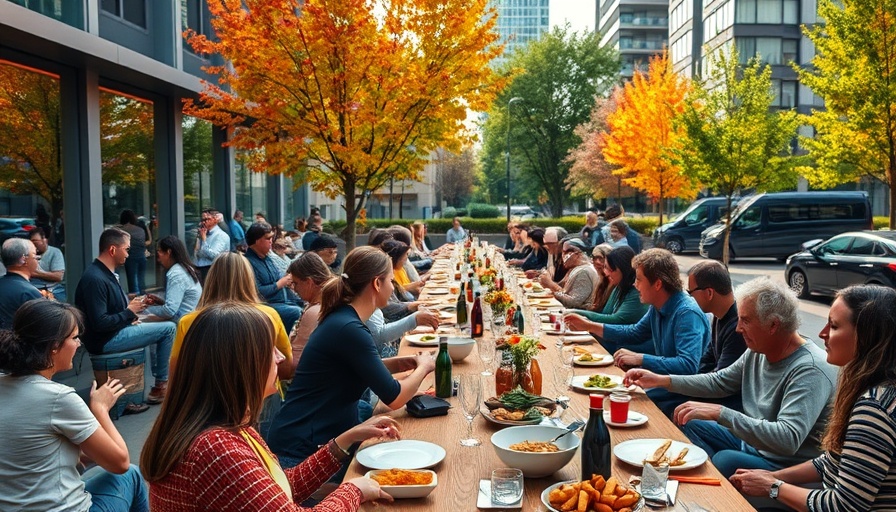
The Power of the Communal Table
In recent years, the rise of communal dining tables has transformed the way we view social interaction. Embracing this age-old tradition, public spaces have begun to redefine their purpose by introducing large tables designed for everyone to share meals, stories, and ideas. It’s not just about feeding hungry bellies anymore; it’s about nurturing relationships through shared experiences.
Transforming Public Spaces
Communal tables act as bridges between diverse groups, fostering a sense of belonging and community. Various installations worldwide have demonstrated this. For instance, the Border-Crossing project places a table atop a wall, turning a symbol of division into a collaborative space. Similarly, the Communal Barbecue in Castell d'Aro creates a vibrant social atmosphere, inviting locals to forge connections while enjoying a meal.
Designs Promoting Togetherness
The design and materials of these tables, such as granite, marble, and tile, are thoughtfully selected, not just for aesthetics but for durability and functionality. By utilizing materials often found in interior design, architects and fabricators create welcoming spaces that encourage diverse uses — from family gatherings to community events. This versatility highlights the importance of a table as a gathering spot, echoing the flexible nature of today's social needs.
Changing Dining Culture
As our society shifts towards more communal living, it’s essential to understand the role dining plays in this transformation. Once seen as a mere convenience, communal dining is reclaiming its status as a vital part of our social fabric. While some may shy away from sharing tables with strangers, studies suggest that these experiences can foster connections we didn’t know we needed. Restaurants and cafés are leading the charge, where even high-end establishments utilize communal layouts to encourage conversation and shared experiences.
Ultimately, embracing the communal table means more than eating together; it's about creating spaces that invite interaction and collaboration. The shift from private dining to more public, shared experiences reflects our evolving understanding of community, connection, and social interaction.
As you explore options for designing or selecting materials for communal tables in your projects, consider embracing the essence of togetherness that these shared spaces symbolize.
 Add Row
Add Row  Add
Add 




Write A Comment